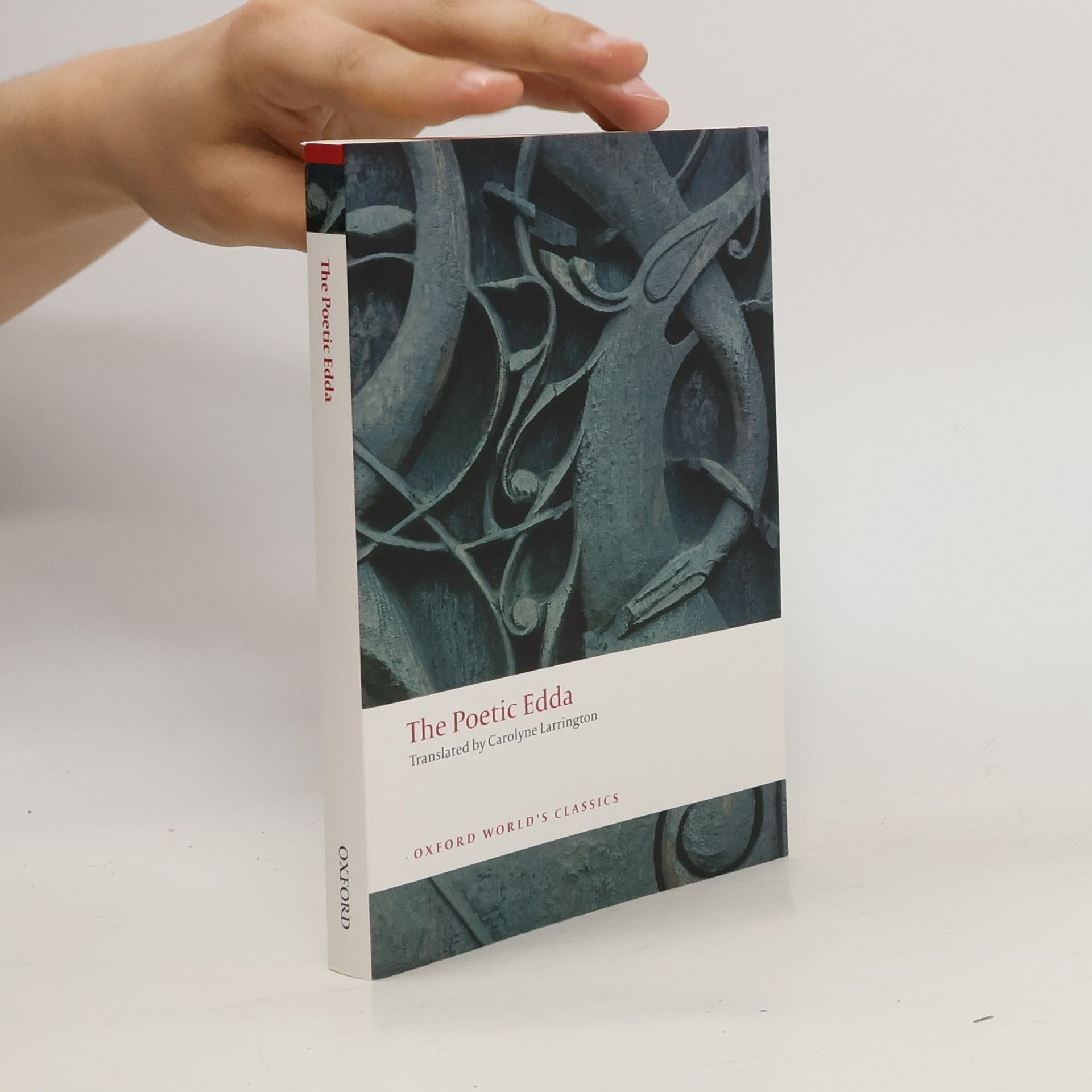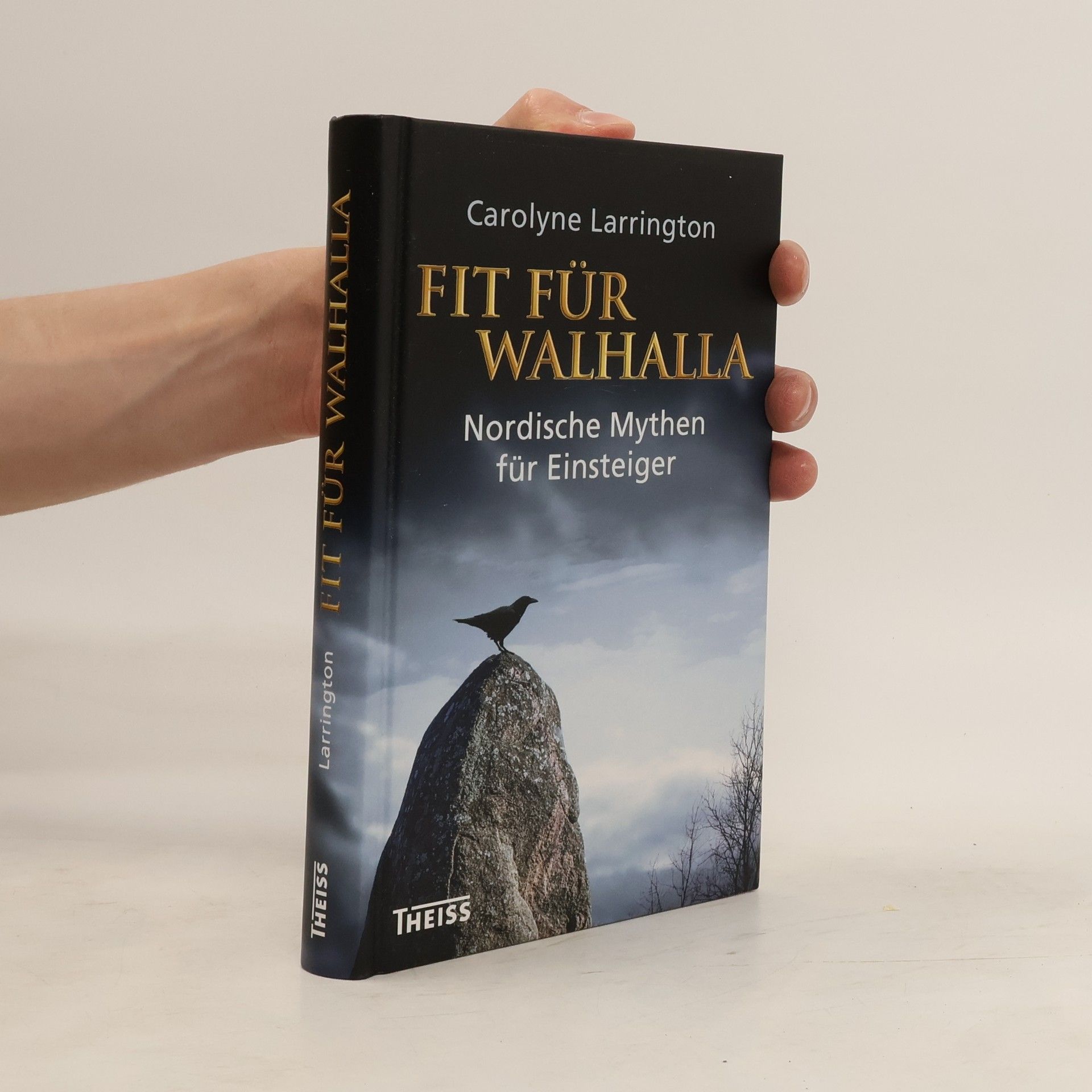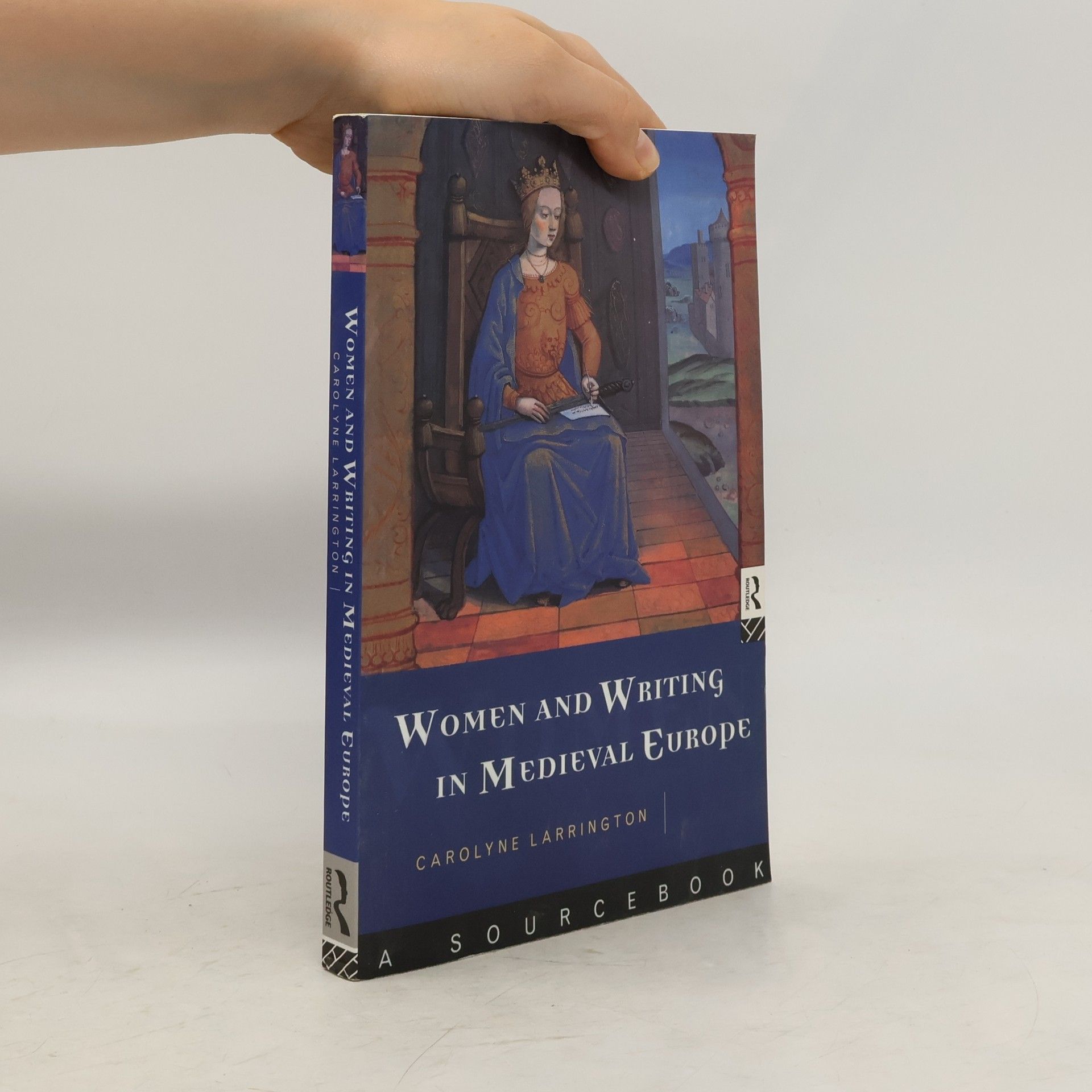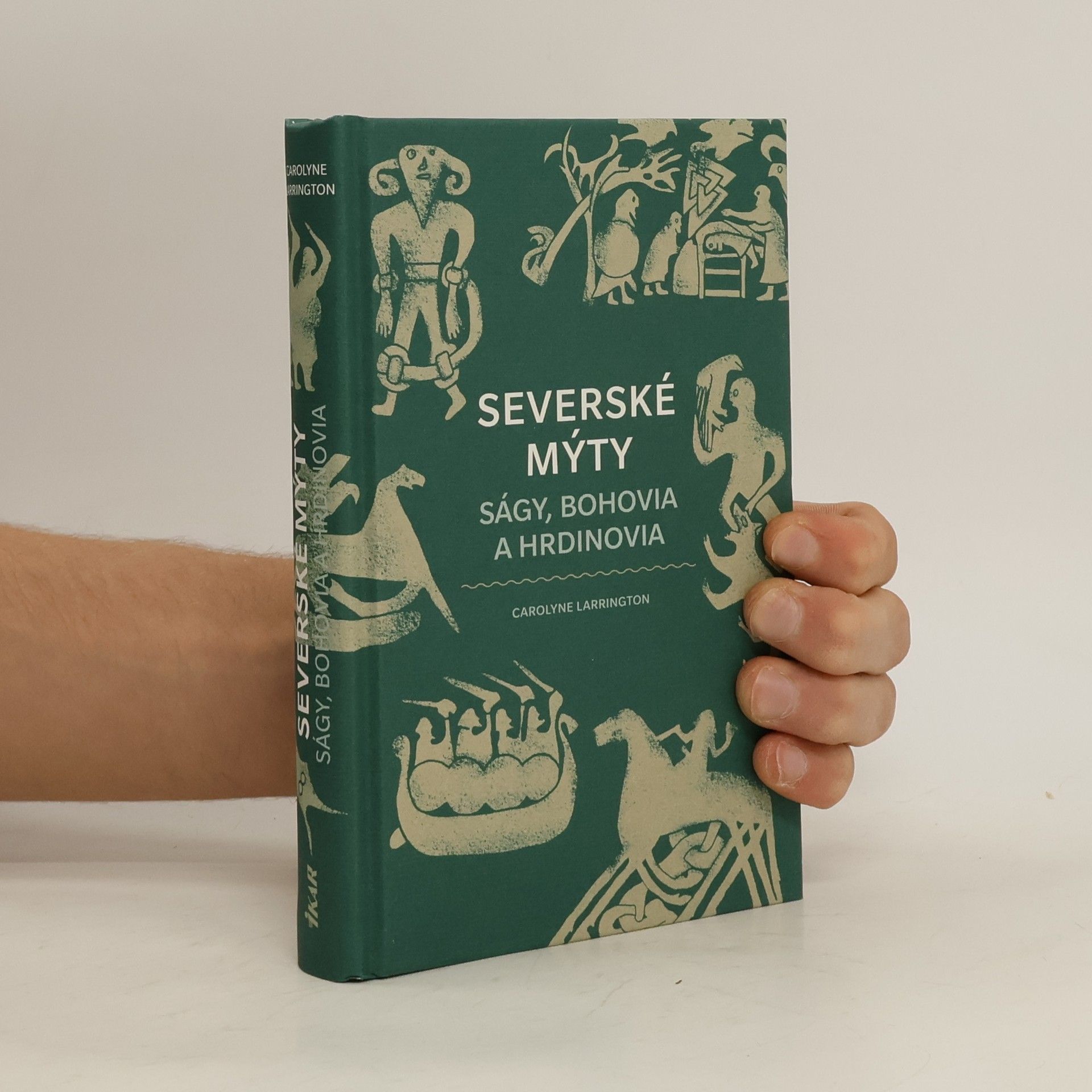›Game of Thrones‹ nimmt das Mittelalter als Vorbild und erschafft daraus eine eigene Welt. Die erfolgreichen Fantasyromane und die gleichnamige Serie sind Gegenstand heftiger Diskussionen in den Medien. Millionen von Fans in aller Welt entwickeln zahllose Theorien, wie die Geschichte wohl weitergehen wird. Doch trotz all dem hat bisher kein Buch verraten, wie George R. R. Martin sein erstaunliches Universum geschaffen hat. Während Carolyne Larrington Romane und Fernsehserie zugleich im Blick hält, erkundet sie jene mittelalterliche Welt aus Rivalitäten und Krieg, Liebe und Verrat, Gier und Macht, deren Inbegriff die Rosenkriege in England bilden. Außerdem vertieft sie sich unter anderem in die Themen Wappen, Riesen, Drachen und Schattenwölfe in Texten des Mittelalters. Sie betrachtet Raben, alte Götter und Wehrholz in den nordischen Mythen ebenso wie den bizarren, exotischen Orient auf dem Ostkontinent Essos. Von den Weißen Wanderern bis zur Roten Frau, von Casterlystein bis zum Zitternden Meer reicht ihr Streifzug. Das Ergebnis ist ein unentbehrlicher Reiseführer in die bedeutendste Schöpfung der Fantasyliteratur des 21. Jahrhunderts.
Carolyne Larrington Bücher
Dr. Carolyne Larrington widmet sich der mittelalterlichen englischen Literatur, von den frühesten Anfängen bis zum Beginn der Renaissance. Ihre Forschungsschwerpunkte liegen in der altisländischen Literatur, dem mittelalterlichen Frauenschreiben, der europäischen Artusliteratur und neuerdings den mittelalterlichen Emotionen. Ihre Übersetzung der Edda gilt als Standardwerk. In ihrer Arbeit untersucht sie, wie mittelalterliche Texte menschliche Emotionen und Beziehungen innerhalb der Artus- und Folklore-Traditionen erfassen.






Die Frauensicht der Menschheitsmythen. Die Autorinnen berufen sich auf die Tradition kritischer Mytheninterpretation, die Geschlechterdifferenz als zentrale Kategorie begreift
Wer sind die nordischen Götter und Helden? Was wissen wir über sie? Welche Rolle spielen sie in den Mythen, aus denen wir sie auch heute noch kennen? Carolyne Larrington leitet den Leser in diesem großartigen Überblick durch die schillernde und packende Welt der Asen, Wanen und Riesen, mitsamt ihren furchteinflößenden Kreaturen und tapferen Helden.
King Arthur's Enchantresses
- 272 Seiten
- 10 Lesestunden
Who were the mysterious and seductive sorceresses whose power underlay Arthur's Camelot?
The poetic Edda
- 382 Seiten
- 14 Lesestunden
This collection of Norse-Icelandic mythological and heroic poetry contains the greater narratives of the creation of the world and the coming of Ragnarok, the Doom of the Gods.
All Men Must Die
- 296 Seiten
- 11 Lesestunden
'All men must die': or 'Valar Morghulis', as the traditional Essos greeting is rendered in High Valyrian. And die they do – in prodigious numbers; in imaginatively varied and gruesome ways; and often in terror within the viciously unpredictable world that is HBO's sensational evocation of Game of Thrones. Epic in scope and in imaginative breadth, the stories that are brought to life tell of the dramatic rise and fall of nations, the brutal sweeping away of old orders and the advent of new autarchs in the eternal quest for dominion.Yet, as this book reveals, many potent and intimate narratives of love and passion can be found within these grand landscapes of heroism, honour and death. They focus on strong relationships between women and family, as well as among the anti-heroes, the 'cripples, bastards and broken things'. In this vital follow-up to Winter Is Coming (2015), acclaimed medievalist Carolyne Larrington explores themes of power, blood-kin, lust and sex in order to draw entirely fresh meanings out of the show of the century.
Carolyne Larrington has gathered together a uniquely comprehensive collection of writing by, for and about medieval women, spanning one thousand years and Europe from Iceland to Byzantiu. The extracts are arranged thematically, dealing with the central areas of medieval women's lives and their relation to social and cultural institutions. Each section is contextualised with a brief historical introduction, and the materials span literary, historical, theological and other narrative and imaginative writing. The writings here uncover and confound the stereotype of the medieval woman as lady or virgin by demonstrating the different roles and meanings that the sign of woman occupied in the imaginative space of the medieval period. Larrington's clear and accessible editorial material and the modern English translations of all the extracts mean this work is ideally suited for students. Women and Writing in Early Europe: A Sourcebook also contains an extensive and fully up-to-date bibliography, making it not only essential reading for undergraduates and post graduates but also a valuable tool for scholars.
Approaches to emotion in Middle English literature
- 334 Seiten
- 12 Lesestunden
Exploring emotion in Middle English literature, this work introduces innovative methodologies for analyzing feelings and affect in literary texts. It reveals how contemporary audiences cultivated empathy and self-awareness through fictionality and the rise of interiority, shaping their understanding of emotions in themselves and others.
The Norse Myths that Shape the Way We Think
- 320 Seiten
- 12 Lesestunden
A fresh look at the stories at the heart of Norse mythology, exploring their cultural impact right up to the present day. The heroes and villains of Norse mythology have endured for centuries, infiltrating art, opera, film, television and books, shape-shifting - like the trickster Loki - to suit the cultures that encountered them. Through careful analysis of the literature and archaeology of the Norse world, Carolyne Larrington takes us deep into the realm described in the Icelandic sagas, from the gloomy halls of Hel to the dazzling heights of Asgard. She expertly examines the myths' many modern-day reimaginings, revealing the guises that have been worn by the figures of Norse myth, including Marvel's muscled, golden-haired Thor and George R.R Martin's White Walkers, who march inexorably southwards, bringing their eternal winter with them. This sophisticated yet accessible guide explores how these powerful stories have inspired our cultural landscape, from fuelling the creative genius of Wagner to the construction of the Nazi's nationalist ideology. Larrington's elegantly written retellings capture the essence of the original myths while also delving into the history of their meanings. The myths continue to speak to such modern concerns as masculinity and environmental disaster - after the inevitable, apocalyptic ragna rök, renewal comes from the roots of Yggdrasill, the World Tree.
Severské mýty. Ságy, Bohovia a Hrdinovia
- 208 Seiten
- 8 Lesestunden
Fascinujúci úvod do legiend Vikingov a celej starej Škandinávie Detailný prehľad severskej mytológie od jej jednotlivých postáv (bohov, bohýň, nadprirodzených zvierat, ale aj ľudských hrdinov) až po najpoužívanejšie motívy. Severské mýty oslovujú dnešných ľudí s rovnakou nástojčivosťou, ako keď sa pred stáročiami rozprávali v hodovných sieňach Vikingov. Príbehy zo starej Škandinávie a z Islandu boli zaznamenané v podobe ság a epických básní, ale aj v dielach stredovekých kresťanských autorov. Vďaka archeológom zároveň vieme, ako vyzerali vikinské lode, ako si Vikingovia predstavovali osemnohé kone a titanské bitky – to všetko sa našlo zobrazené na runových kameňoch, v scénach vytepaných do kovu či na drevorezbách. Autorka pútavo rozoberá pôvod týchto bohov vo svete ľudí, ich veľmi ľudské a nie vždy príjemné charakterové vlastnosti, cnosti i necnosti. Vysvetľuje, ako sú božstvá zrkadlovým a často hyperbolizovaným obrazom diania medzi ľuďmi. Oboznamuje čitateľov s tým, ako severské národy opisovali stvorenie nášho prostredia a boj o nadvládu v ňom, približuje vikinské chápanie univerza, ktoré raz nevyhnutne dospeje k zániku. Jej jazyk je svieži a zrozumiteľný, aj keď obsahuje odborné fakty. Plusom je bohatý sprievodný obrazový materiál. Kniha je plná živo prerozprávaných, často vtipných a takmer vždy krutých príbehov severských bohov. Dozviete sa, čo znamenali a dodnes znamenajú mená a príbehy, ktoré sa opäť objavujú v kultúrne významných dielach Richarda Wagnera, Williama Morrisa a J. R. R. Tolkiena, ba dokonca aj v Hre o tróny.

